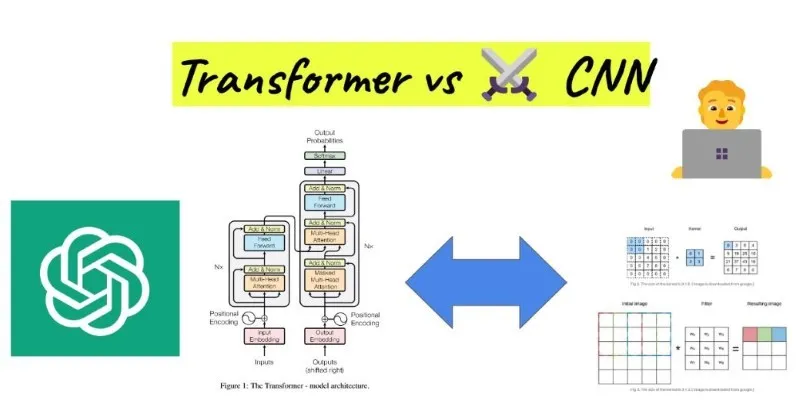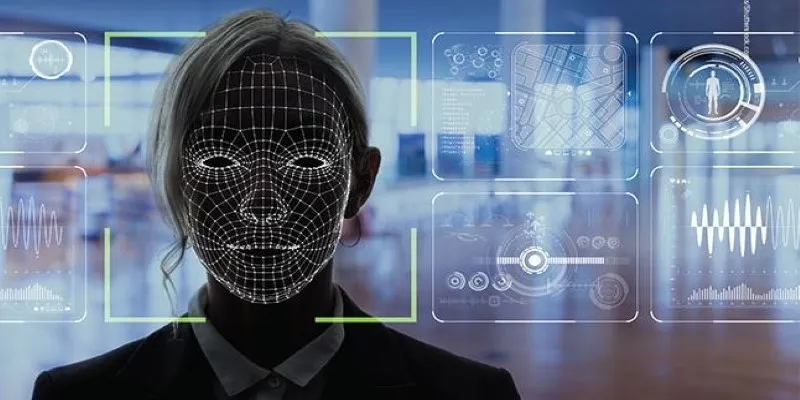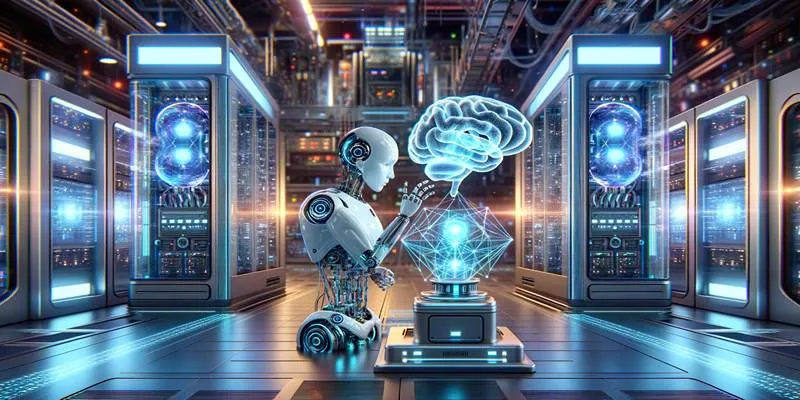Climate change is one of the most pressing challenges facing our planet today. Rising temperatures, melting ice caps, extreme weather, and biodiversity loss are not distant threats—they are unfolding now. While solutions like reducing emissions or transitioning to clean energy are crucial, another powerful tool is emerging: Artificial Intelligence (AI). AI is transforming how we understand, predict, and respond to climate change.
With its ability to process vast amounts of data swiftly, AI is ideal for tracking environmental changes and developing smart solutions. In this article, we will explore how AI and climate change are connected, particularly through predictive modeling and practical solutions. Understanding this relationship is vital as the world seeks new ways to protect our planet.
The Role of Predictive Modeling in Climate Research
Predictive modeling is one of the most impactful ways AI is aiding in the fight against climate change. Earth’s climate is a complex system comprising oceans, forests, ice sheets, the atmosphere, and human activities—all interacting in unpredictable ways. Traditional climate research methods often struggle with this complexity due to slow and limited data analysis. AI completely revolutionizes this process.
By processing massive datasets from satellites, weather stations, and environmental sensors, AI can create advanced climate models that simulate future changes. These models help scientists forecast rising sea levels, temperature shifts, rainfall patterns, and wildfire spread. This knowledge empowers governments and communities to prepare and take action proactively.
AI-driven predictive modeling also enhances the accuracy of tracking greenhouse gas emissions compared to older methods. Real-time monitoring of emissions allows decision-makers to respond swiftly and implement more effective environmental policies. In essence, AI provides a clearer vision of the future and strategies to manage it.
AI Solutions for Environmental Challenges
AI is not only about predicting future climate risks; it is also about addressing the environmental challenges we face today. One significant area where AI is making an impact is energy management. Across industries, energy wastage due to poor planning and inefficient systems is prevalent. AI can change this. AI-powered smart energy systems can manage heating, cooling, and lighting in buildings or factories based on real-time needs, reducing energy waste and emissions without compromising comfort or productivity.

Agriculture is another sector where AI is helping to tackle climate challenges. Changing weather patterns have made farming more unpredictable. AI tools can provide farmers with accurate weather updates, monitor soil conditions, and recommend optimal planting or harvesting times. This boosts crop yields and makes farming more sustainable by minimizing water and fertilizer waste.
AI is also improving waste management. Smart systems can identify and separate recyclable materials from general waste, ensuring fewer resources end up in landfills. This helps reduce pollution and conserve valuable materials.
AI plays a vital role in protecting forests. Satellites equipped with AI can track illegal logging or wildfires as they occur. This real-time data enables faster responses to environmental threats, enhancing the protection of fragile ecosystems.
AI-Powered Climate Solutions for Cities
Cities are significant sources of greenhouse gas emissions, but they are also at the forefront of climate action. AI is aiding urban planners in designing smarter, greener cities. For instance, AI-powered traffic management systems can reduce congestion and decrease vehicle emissions by analyzing traffic flow and adjusting signals or routes to prevent delays.
Smart grids are another area where AI improves city sustainability. Traditional power grids often produce excess electricity, wasting resources. AI helps balance energy supply and demand, effectively integrating renewable sources like wind and solar energy.
AI is also enhancing water management. Smart sensors can detect leaks in water pipelines or predict high-demand periods, aiding in water conservation and reducing the risk of shortages.
Finally, AI can assist in disaster management in cities. Predictive systems can forecast floods, heatwaves, or storms, providing time for preparation and damage minimization.
The Future of AI and Climate Change
As the fight against climate change continues, AI’s role is expected to expand further. Advances in machine learning and data science will enhance predictive modeling accuracy. Scientists will be able to study climate systems in greater detail, improving both short-term forecasts and long-term strategies.

However, it’s important to recognize that AI is not a standalone solution. While it provides valuable tools for understanding and responding to climate change, human action remains crucial. Reducing emissions, transitioning to clean energy, and protecting natural ecosystems are still the most critical steps.
AI can also empower individuals to take action. For example, smart home devices can reduce energy consumption, and AI-powered apps can suggest greener transportation options or help track personal carbon footprints.
Collaboration between governments, businesses, scientists, and communities is key. The combination of human effort and AI technology offers the best hope for a sustainable future. If used responsibly, AI can become a vital ally in the global fight against climate change.
Conclusion
AI and climate change are now deeply intertwined, shaping how we understand and respond to environmental challenges. With its power to analyze large data sets and create accurate predictive models, AI helps forecast extreme weather, manage energy use, and protect natural resources. But technology alone is not enough. Real progress comes from combining AI solutions with human action, strong policies, and global cooperation. The fight against climate change requires smart choices today to protect tomorrow. With AI supporting our efforts, we have better tools than ever to create a cleaner, safer, and more sustainable world for future generations.
 zfn9
zfn9























